Home>Gardening & Outdoor>Landscaping Ideas>What Kind Of Soil For Grass Seed
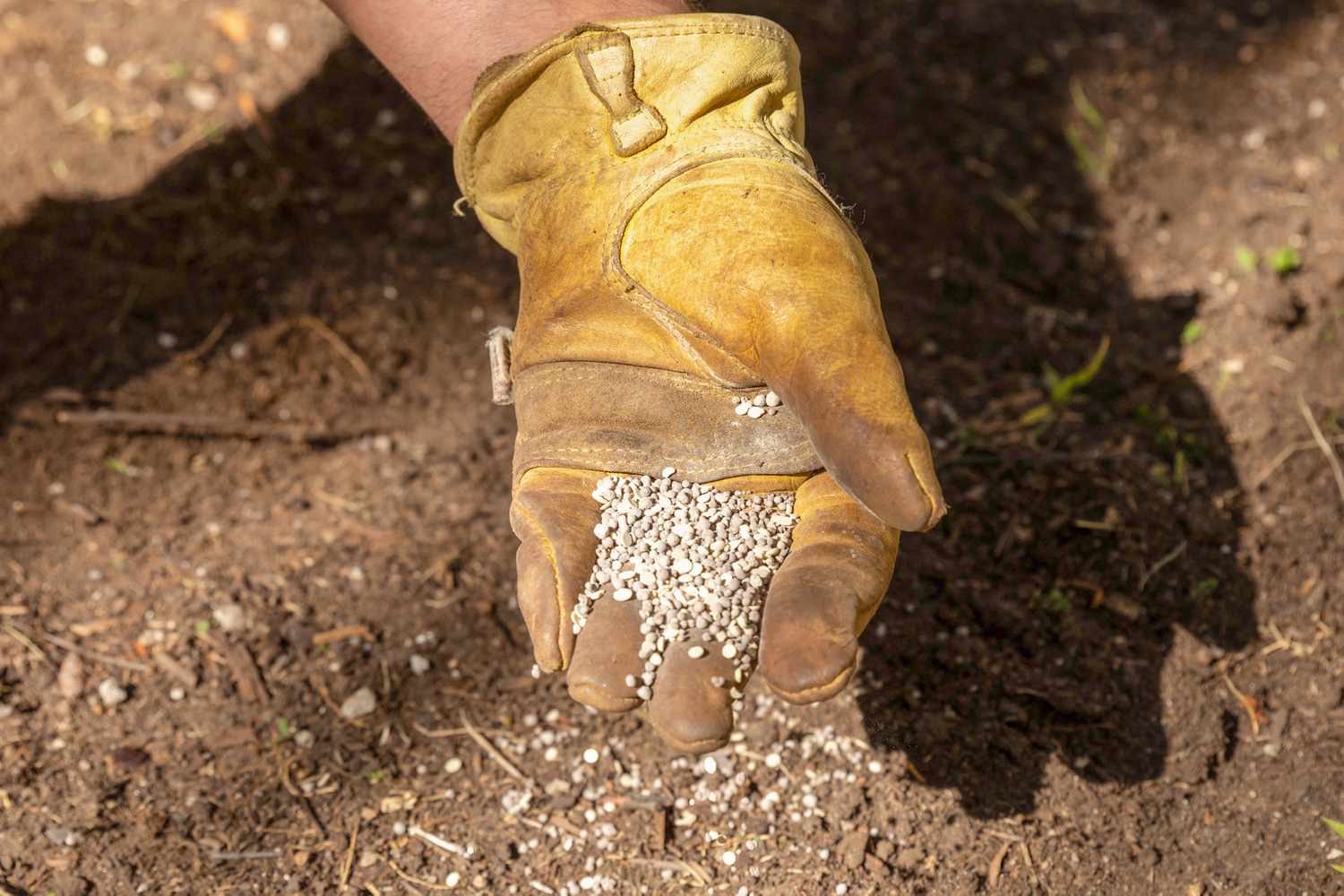

Landscaping Ideas
What Kind Of Soil For Grass Seed
Modified: October 19, 2024
Discover the best soil for grass seed with our expert landscaping ideas. Ensure successful growth with the right soil type for your lawn.
(Many of the links in this article redirect to a specific reviewed product. Your purchase of these products through affiliate links helps to generate commission for Storables.com, at no extra cost. Learn more)
Introduction
When it comes to creating a lush, vibrant lawn, the type of soil you use for grass seed plays a pivotal role in determining the success of your landscaping endeavors. The soil serves as the foundation for your grass to take root, absorb nutrients, and thrive in its environment. Understanding the significance of soil composition and its impact on the growth of grass seed is essential for any landscaping enthusiast or homeowner looking to cultivate a verdant and healthy lawn.
The quality of the soil directly influences the health and growth of grass seed, making it imperative to select the most suitable soil type for your specific landscaping needs. Whether you are establishing a new lawn or rejuvenating an existing one, the soil's characteristics can significantly affect the overall outcome of your landscaping efforts. By delving into the nuances of soil composition and its relationship with grass seed, you can gain valuable insights that will empower you to make informed decisions and achieve the desired results for your lawn.
Understanding the role of soil in nurturing grass seed is not only beneficial for the aesthetic appeal of your outdoor space but also for the overall well-being of your lawn. By exploring the various soil types, testing methods, and preparation techniques, you can embark on a journey towards creating a thriving and resilient lawn that enhances the beauty and functionality of your outdoor environment.
As we delve into the intricacies of soil selection and preparation for grass seed, it becomes evident that the foundation of a healthy and vibrant lawn lies within the soil itself. By unraveling the mysteries of soil composition and its impact on grass seed growth, you can embark on a transformative landscaping journey that yields a verdant and inviting lawn for you and your loved ones to enjoy.
Key Takeaways:
- The type of soil you use for grass seed is crucial for a healthy lawn. Understanding soil types, testing, and preparation techniques empowers you to create an optimal environment for robust grass growth.
- Different soil types, such as loam, sandy, clay, silt, and peat, offer unique characteristics that impact grass seed growth. Testing your soil and preparing it strategically set the stage for a lush and resilient lawn.
Read more: What Kind Of Soil Mix For Milkweed
Importance of Soil for Grass Seed
The importance of soil for grass seed cannot be overstated, as it serves as the fundamental medium in which the seeds take root and thrive. The composition and quality of the soil directly impact the germination, growth, and overall health of the grass, making it a critical factor in the success of any landscaping project.
The soil's ability to retain moisture, provide essential nutrients, and offer a conducive environment for root development significantly influences the grass seed's ability to establish itself and flourish. Different soil types possess varying characteristics that can either facilitate or hinder the growth of grass seed, highlighting the significance of selecting the most suitable soil for your specific landscaping needs.
Furthermore, the soil's texture, structure, and pH levels play a crucial role in determining the success of grass seed germination and subsequent growth. Soil with optimal texture allows for proper aeration and water retention, creating an environment conducive to healthy root development. Additionally, the soil's pH levels directly impact nutrient availability, affecting the grass seed's ability to absorb essential elements for growth.
Moreover, the presence of organic matter in the soil contributes to its fertility and overall health, providing a rich source of nutrients and promoting microbial activity that benefits the grass seed's growth. Understanding the intricate relationship between soil composition and grass seed development empowers landscaping enthusiasts to make informed decisions when selecting and preparing the soil for their lawn.
In essence, the importance of soil for grass seed lies in its role as the foundation for a thriving and resilient lawn. By recognizing the impact of soil composition, texture, structure, pH levels, and organic content on grass seed growth, individuals can take proactive steps to ensure optimal conditions for their landscaping endeavors. Ultimately, the quality of the soil sets the stage for the successful establishment and sustained vitality of the grass seed, underscoring its indispensable role in the pursuit of a vibrant and healthy lawn.
Types of Soil for Grass Seed
The selection of the appropriate soil type for grass seed is a crucial determinant of the success of any landscaping project. Different soil types offer distinct characteristics that can significantly impact the germination and growth of grass seed, ultimately influencing the overall health and vibrancy of the lawn. Understanding the unique properties of each soil type is essential for making informed decisions and achieving optimal results in lawn cultivation.
-
Loam Soil:
- Loam soil is widely regarded as the ideal soil type for grass seed due to its balanced composition of sand, silt, and clay. This balanced combination provides excellent drainage, adequate moisture retention, and optimal aeration, creating a favorable environment for grass seed germination and root development.
-
Sandy Soil:
- Sandy soil is characterized by its coarse texture and excellent drainage capabilities. While it allows for rapid water infiltration, it may struggle to retain essential nutrients for grass seed growth. Amending sandy soil with organic matter can enhance its fertility and improve its ability to support healthy grass growth.
-
Clay Soil:
- Clay soil, known for its fine particles and high water retention, can pose challenges for grass seed establishment due to its tendency to compact and inhibit root growth. Incorporating organic amendments and implementing proper aeration techniques can mitigate the limitations of clay soil, creating a more conducive environment for grass seed growth.
-
Silt Soil:
- Silt soil exhibits a smooth texture and moderate drainage properties, offering a middle ground between sand and clay soils. When properly managed and supplemented with organic matter, silt soil can provide a suitable medium for grass seed establishment and sustained growth.
-
Peat Soil:
- Peat soil, characterized by its high organic content, offers excellent moisture retention and nutrient availability. While it provides favorable conditions for grass seed germination, it may require proper management to address potential compaction and ensure optimal aeration for sustained root development.
Understanding the unique characteristics and considerations associated with each soil type empowers individuals to make informed decisions when selecting the most suitable soil for their grass seed. By leveraging the inherent properties of different soil types and implementing appropriate amendments and management practices, landscaping enthusiasts can create an environment conducive to robust grass growth and the cultivation of a vibrant and resilient lawn.
Testing Your Soil
Before embarking on any landscaping project involving grass seed, it is essential to assess the characteristics of your soil to determine its suitability for supporting healthy grass growth. Testing your soil provides valuable insights into its composition, pH levels, nutrient content, and overall quality, enabling you to make informed decisions and implement targeted soil amendments for optimal results.
There are various methods for testing soil, ranging from DIY home kits to professional laboratory analysis. One of the most common approaches is utilizing DIY soil testing kits, which typically provide quick and affordable assessments of key soil parameters. These kits often include tests for pH levels, nutrient levels, and sometimes even texture analysis, offering a convenient way to gain preliminary insights into your soil's composition.
For a more comprehensive analysis, professional soil testing services can deliver in-depth reports detailing a broader range of soil characteristics. These services often involve collecting soil samples from different areas of your lawn and submitting them to accredited laboratories for thorough analysis. The resulting reports offer detailed information on nutrient levels, pH balance, organic matter content, and soil texture, empowering you to make precise adjustments to optimize the soil for grass seed growth.
When conducting soil tests, it is crucial to consider the specific requirements of grass seed and the ideal soil conditions for its germination and sustained growth. Factors such as pH levels, nutrient availability, and soil texture directly influence the grass seed's ability to establish strong roots and thrive in its environment. By gaining a comprehensive understanding of your soil's composition through testing, you can tailor your soil preparation efforts to create an optimal foundation for successful grass cultivation.
Moreover, regular soil testing is beneficial for monitoring changes in soil quality over time and adjusting your lawn care practices accordingly. By periodically assessing your soil, you can identify any deficiencies or imbalances that may hinder grass growth and take proactive measures to rectify them. This proactive approach to soil testing and analysis empowers you to maintain a healthy and vibrant lawn while addressing potential issues before they impact the overall vitality of your grass.
In essence, testing your soil is a fundamental step in the journey towards establishing a thriving and resilient lawn. By gaining insights into your soil's composition and characteristics, you can make informed decisions regarding soil amendments, fertilization, and other essential practices to create an environment conducive to robust grass seed germination and sustained growth. Through diligent soil testing and analysis, you can lay the groundwork for a lush and vibrant lawn that enhances the beauty and functionality of your outdoor space.
Preparing the Soil for Grass Seed
Preparing the soil for grass seed is a critical step in establishing a healthy and resilient lawn. This process involves a series of strategic measures aimed at optimizing the soil's composition and structure to create an ideal environment for successful grass seed germination and sustained growth. By implementing targeted soil preparation techniques, landscaping enthusiasts can lay the foundation for a lush and vibrant lawn that enhances the aesthetic appeal and functionality of their outdoor space.
Read more: What Kind Of Sand To Use For Soil Mix
Clearing and Leveling
The first step in preparing the soil for grass seed involves clearing the area of any debris, rocks, or existing vegetation that may impede the growth of new grass. This ensures a clean and uniform surface for seeding, allowing the grass seed to establish itself without competition from unwanted plants or obstacles. Additionally, leveling the soil surface helps promote even distribution of the grass seed and facilitates uniform growth across the lawn.
Soil Amendments
Amending the soil with organic matter, such as compost or well-rotted manure, can significantly improve its fertility, structure, and nutrient content. Organic amendments enhance the soil's ability to retain moisture, promote beneficial microbial activity, and provide essential nutrients for grass seed germination and early growth. Additionally, incorporating organic matter can help address soil compaction issues and improve overall soil health, creating a favorable environment for robust grass development.
Aeration
Aerating the soil is a crucial practice that alleviates compaction and enhances air and water penetration, promoting healthy root development and nutrient uptake. Core aeration, which involves removing small plugs of soil from the lawn, helps alleviate soil compaction and facilitates the movement of air, water, and nutrients within the soil profile. This process creates an optimal environment for grass seed establishment and encourages strong root growth, contributing to the long-term health and resilience of the lawn.
Fertilization
Applying a balanced fertilizer tailored to the specific needs of grass seed can provide essential nutrients that support initial growth and establishment. Selecting a fertilizer with the appropriate nitrogen, phosphorus, and potassium levels, as well as micronutrients, can promote vigorous root development and early foliage growth, setting the stage for a lush and vibrant lawn. It is essential to follow recommended application rates and timing to avoid over-fertilization, which can be detrimental to the grass seed and the overall soil ecosystem.
Seedbed Preparation
Creating an optimal seedbed involves raking the soil to achieve a fine and level surface that promotes good seed-to-soil contact. This facilitates the germination process and ensures that the grass seed has direct access to the soil for root establishment. Proper seedbed preparation sets the stage for successful grass seed germination and early growth, maximizing the potential for a dense and uniform lawn.
By meticulously preparing the soil for grass seed, individuals can create an environment conducive to robust and sustained grass growth. This proactive approach to soil preparation sets the stage for successful lawn establishment, laying the groundwork for a verdant and inviting outdoor space that enriches the lives of homeowners and visitors alike.
Conclusion
In conclusion, the significance of soil in nurturing grass seed cannot be overstated, as it serves as the fundamental medium for establishing a healthy and vibrant lawn. The type of soil used for grass seed plays a pivotal role in determining the success of landscaping endeavors, influencing the germination, growth, and overall health of the grass. By understanding the unique properties of different soil types and implementing targeted soil preparation techniques, individuals can create an optimal environment for robust grass seed germination and sustained growth.
The diverse characteristics of soil types, including loam, sandy, clay, silt, and peat soils, offer valuable insights into the varying drainage, nutrient retention, and aeration capabilities that directly impact grass seed development. Selecting the most suitable soil type and implementing appropriate amendments empowers individuals to create an environment conducive to healthy grass growth, ultimately leading to the cultivation of a lush and resilient lawn.
Furthermore, the process of testing soil provides essential insights into its composition, pH levels, nutrient content, and overall quality, enabling informed decisions and targeted soil amendments. Regular soil testing and analysis empower individuals to monitor changes in soil quality over time, allowing for proactive adjustments to maintain a healthy and vibrant lawn.
The meticulous preparation of the soil for grass seed, including clearing and leveling, soil amendments, aeration, fertilization, and seedbed preparation, sets the stage for successful lawn establishment. These strategic measures optimize the soil's composition and structure, creating an ideal environment for grass seed germination and sustained growth.
By recognizing the indispensable role of soil in nurturing grass seed, individuals can embark on a transformative landscaping journey that yields a verdant and inviting lawn. The careful selection of the most suitable soil type, coupled with targeted soil preparation techniques, lays the foundation for a thriving and resilient lawn that enhances the beauty and functionality of outdoor spaces.
In essence, the journey towards establishing a healthy and vibrant lawn begins with the soil. By embracing the nuances of soil composition, testing, and preparation, individuals can cultivate a verdant and resilient lawn that enriches the outdoor environment and provides a welcoming oasis for relaxation and enjoyment.
Frequently Asked Questions about What Kind Of Soil For Grass Seed
Was this page helpful?
At Storables.com, we guarantee accurate and reliable information. Our content, validated by Expert Board Contributors, is crafted following stringent Editorial Policies. We're committed to providing you with well-researched, expert-backed insights for all your informational needs.
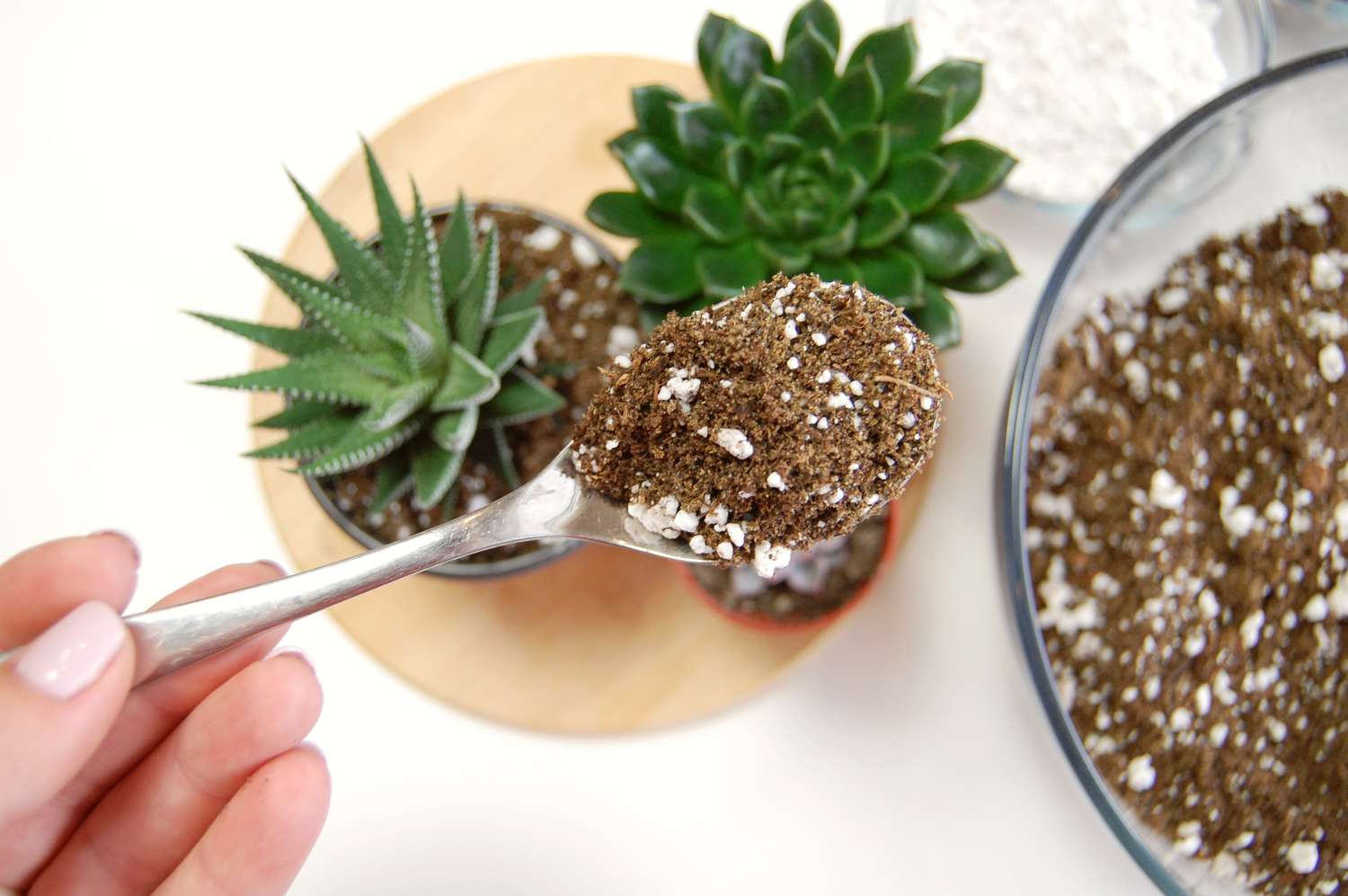
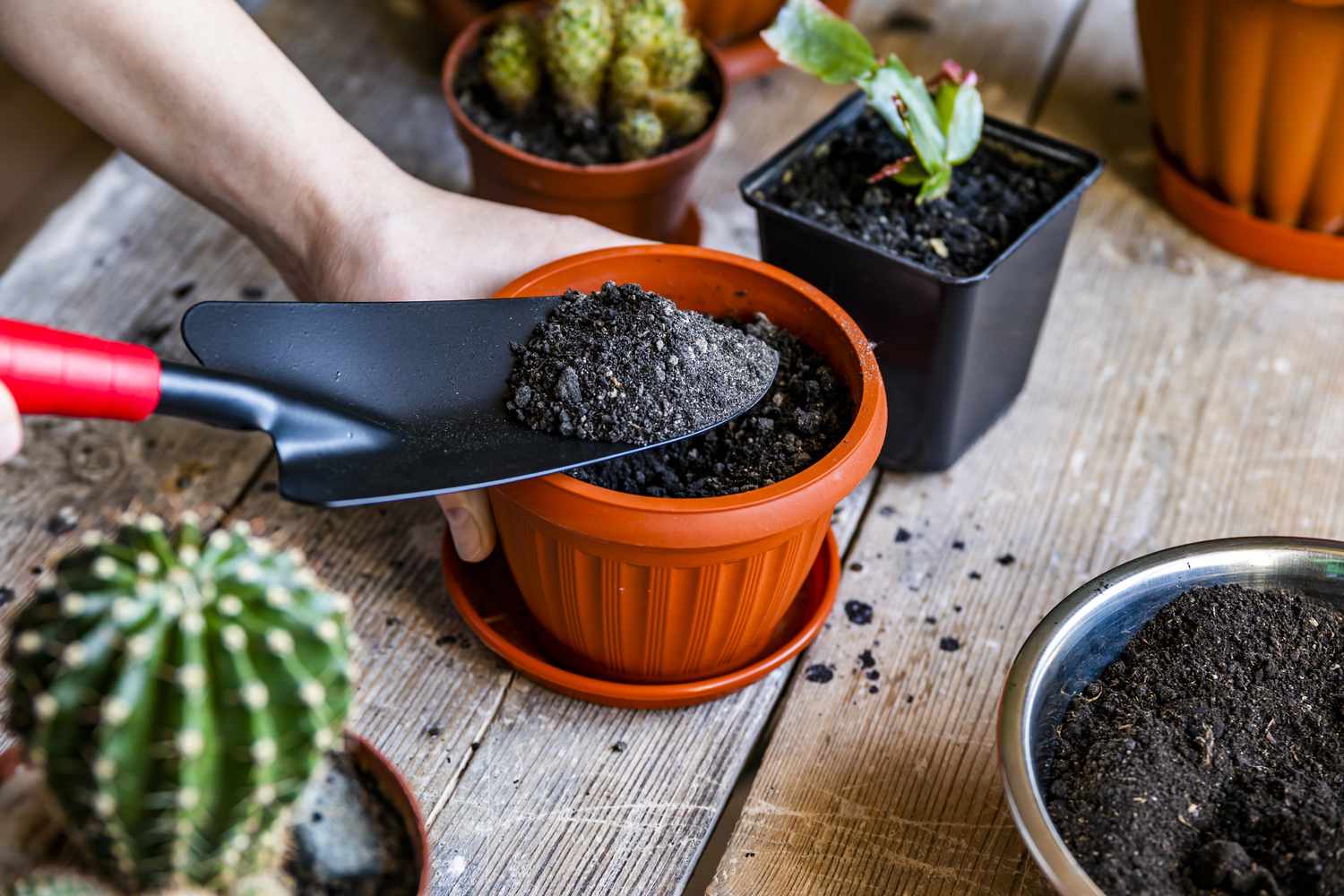
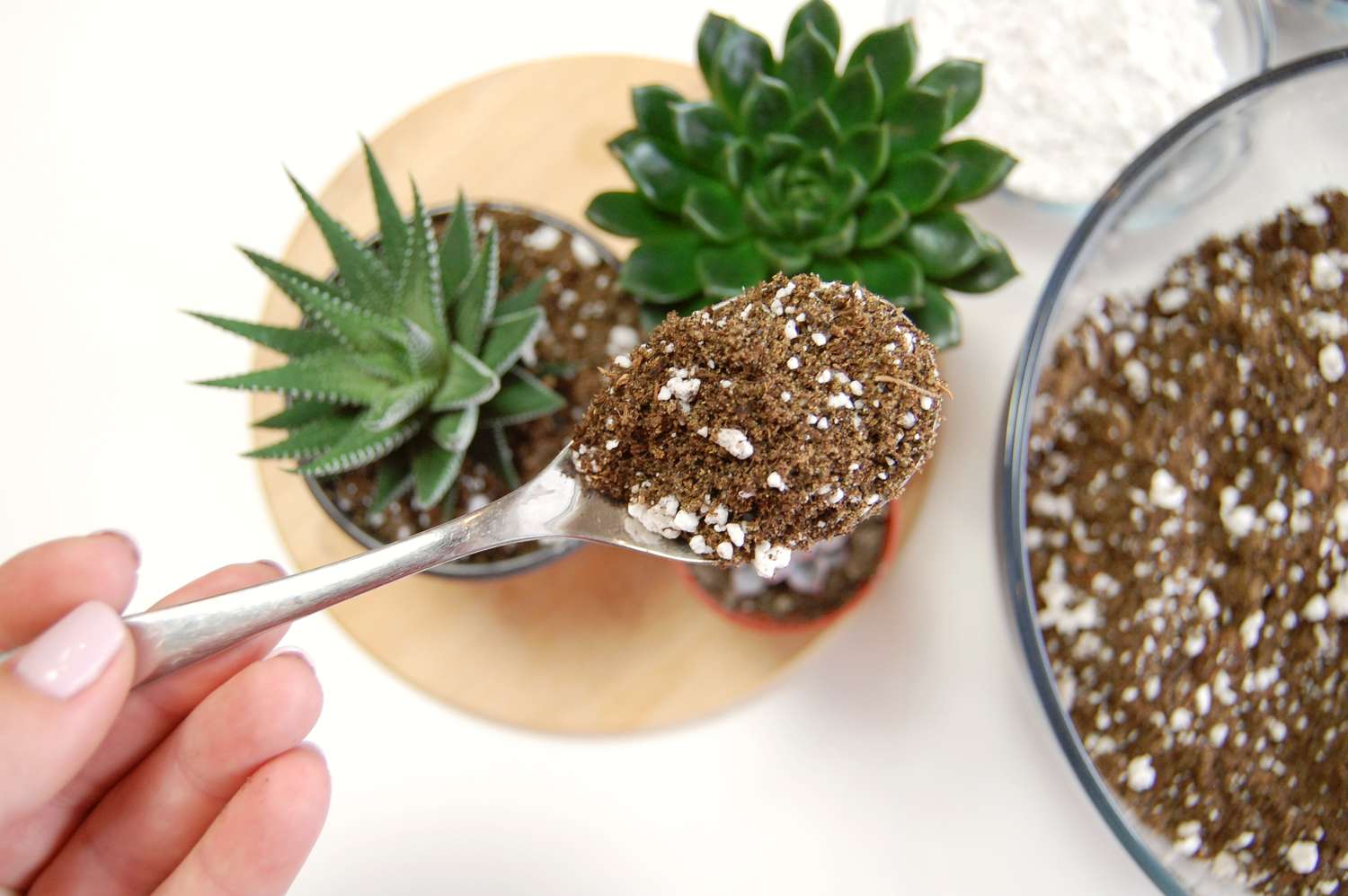
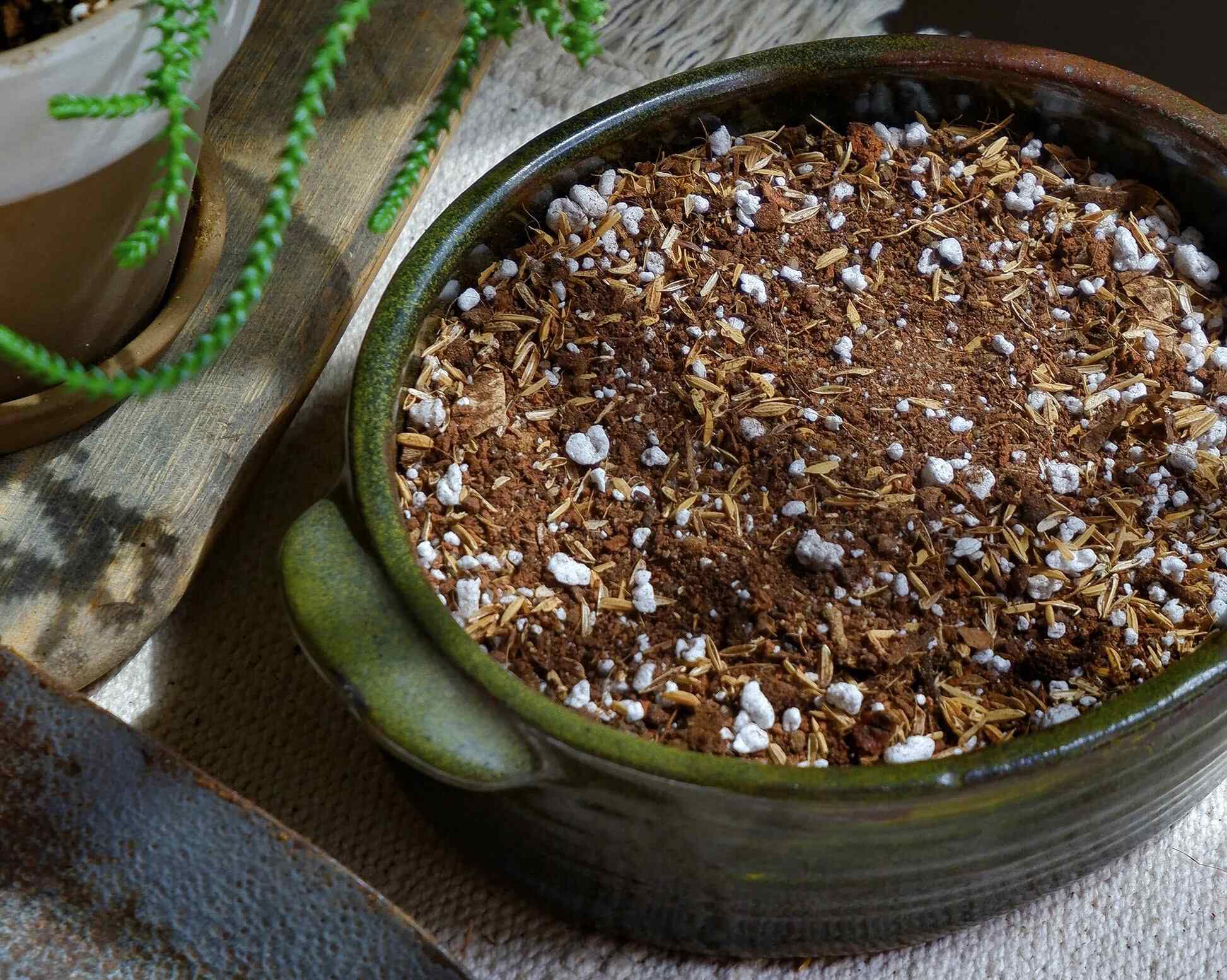
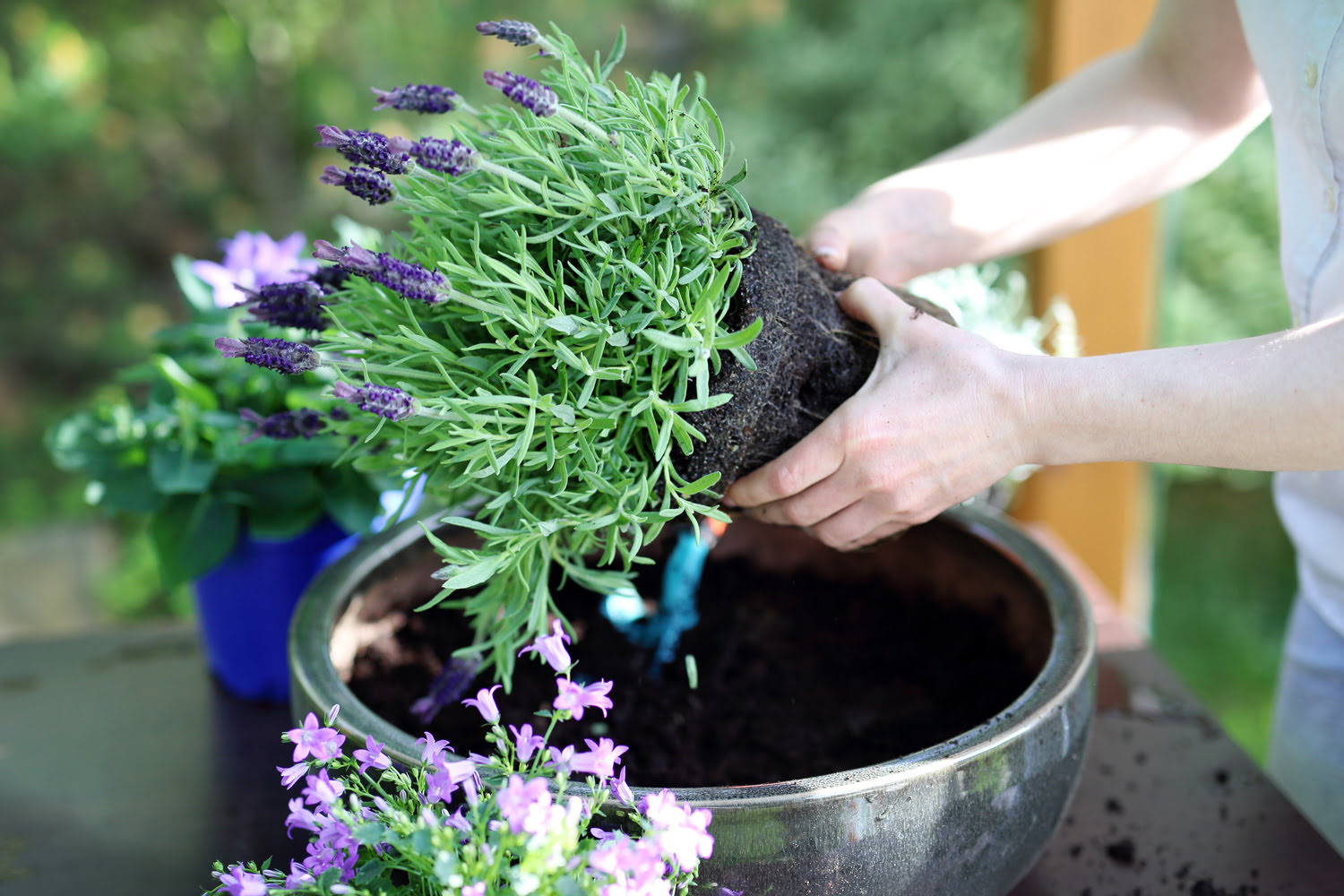
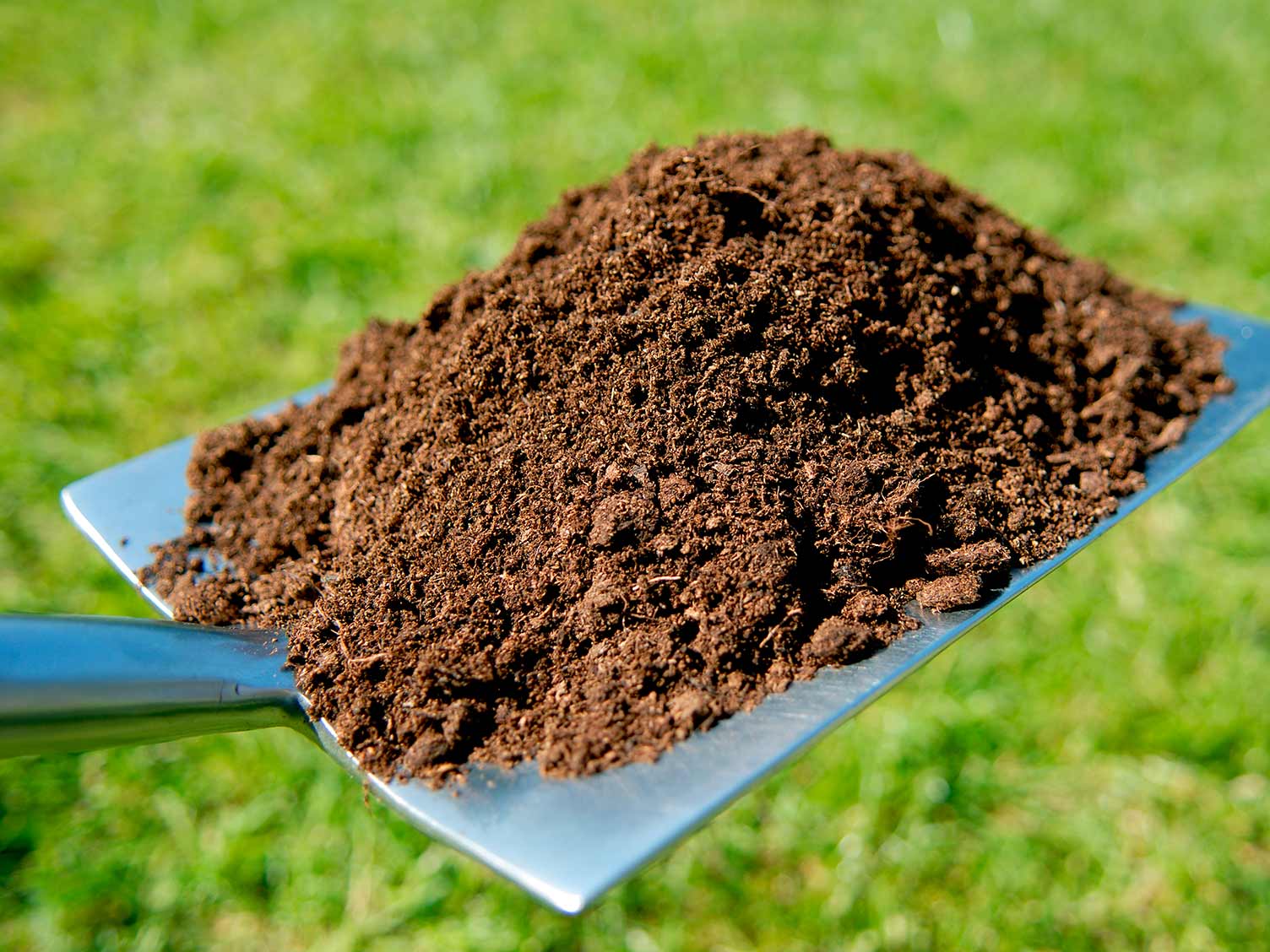

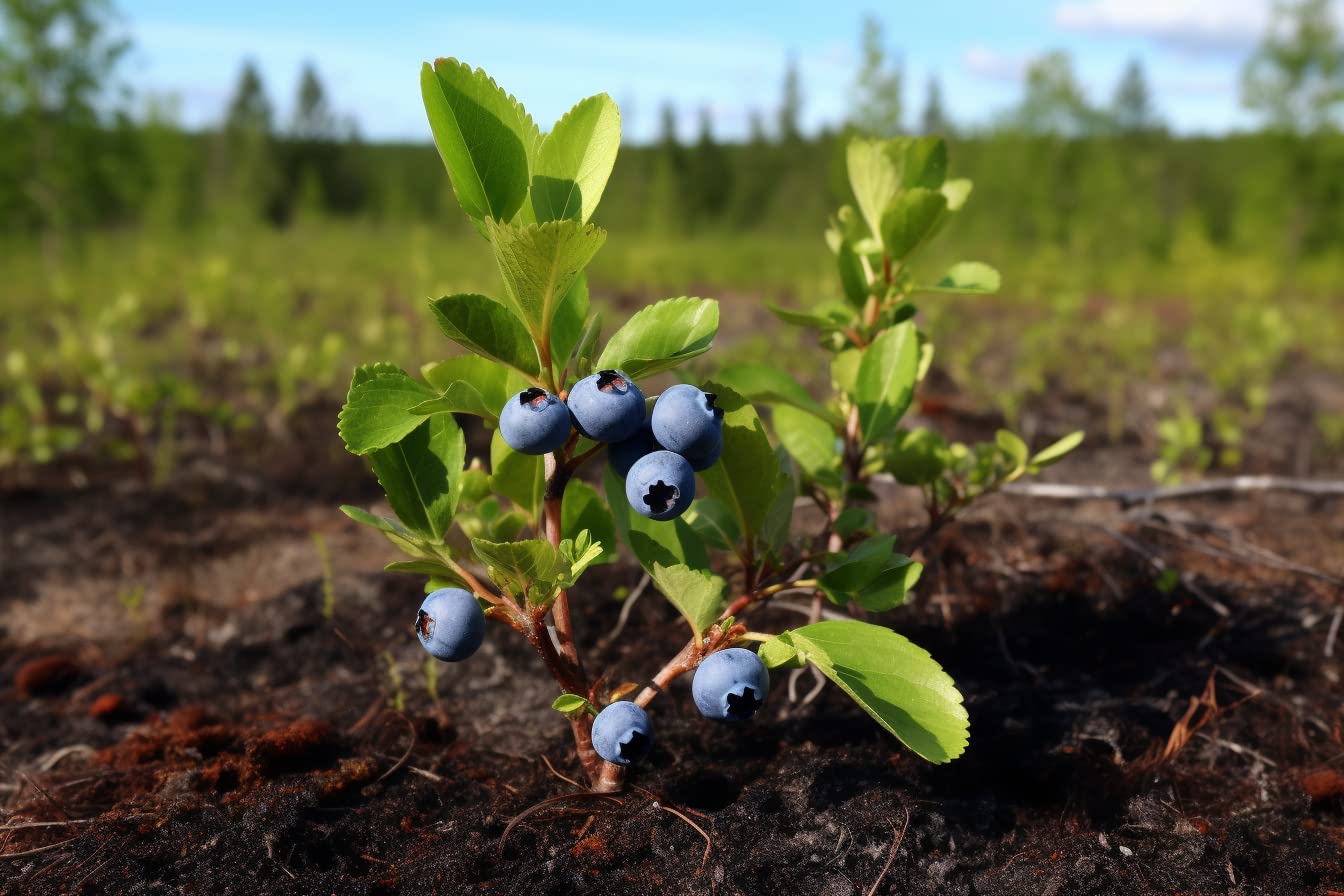
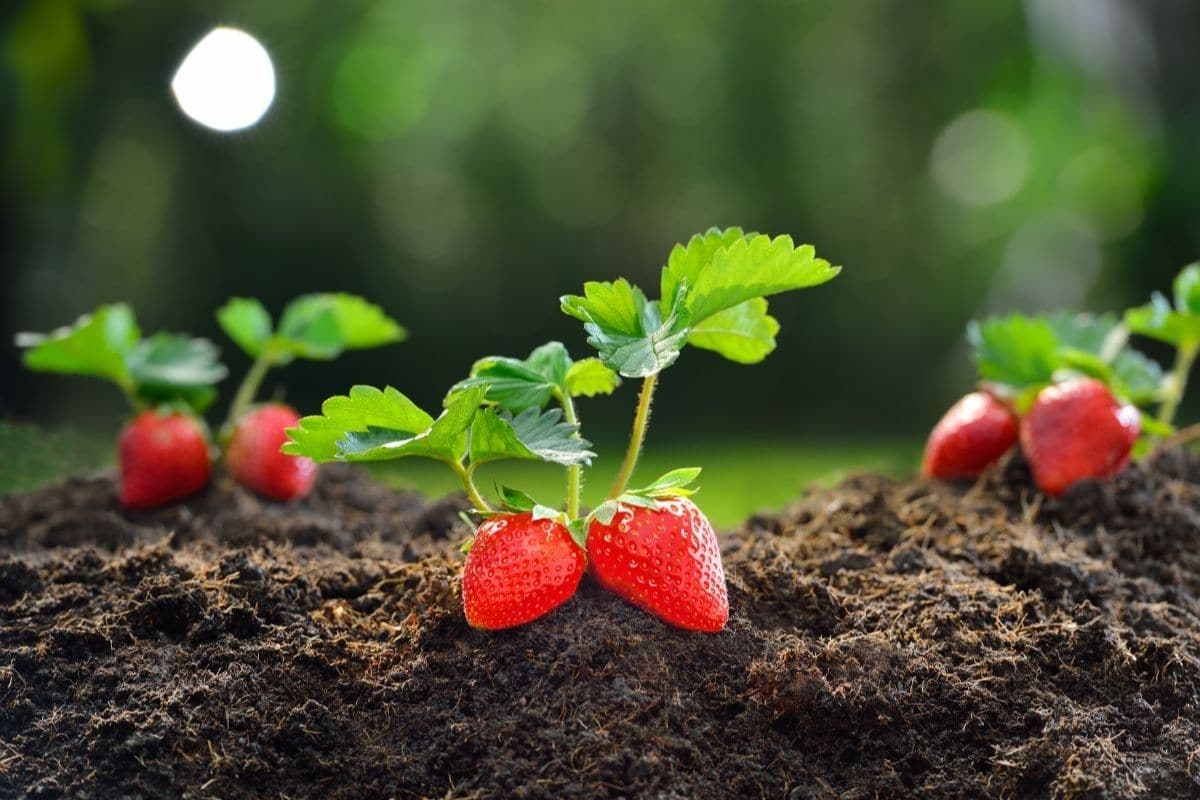
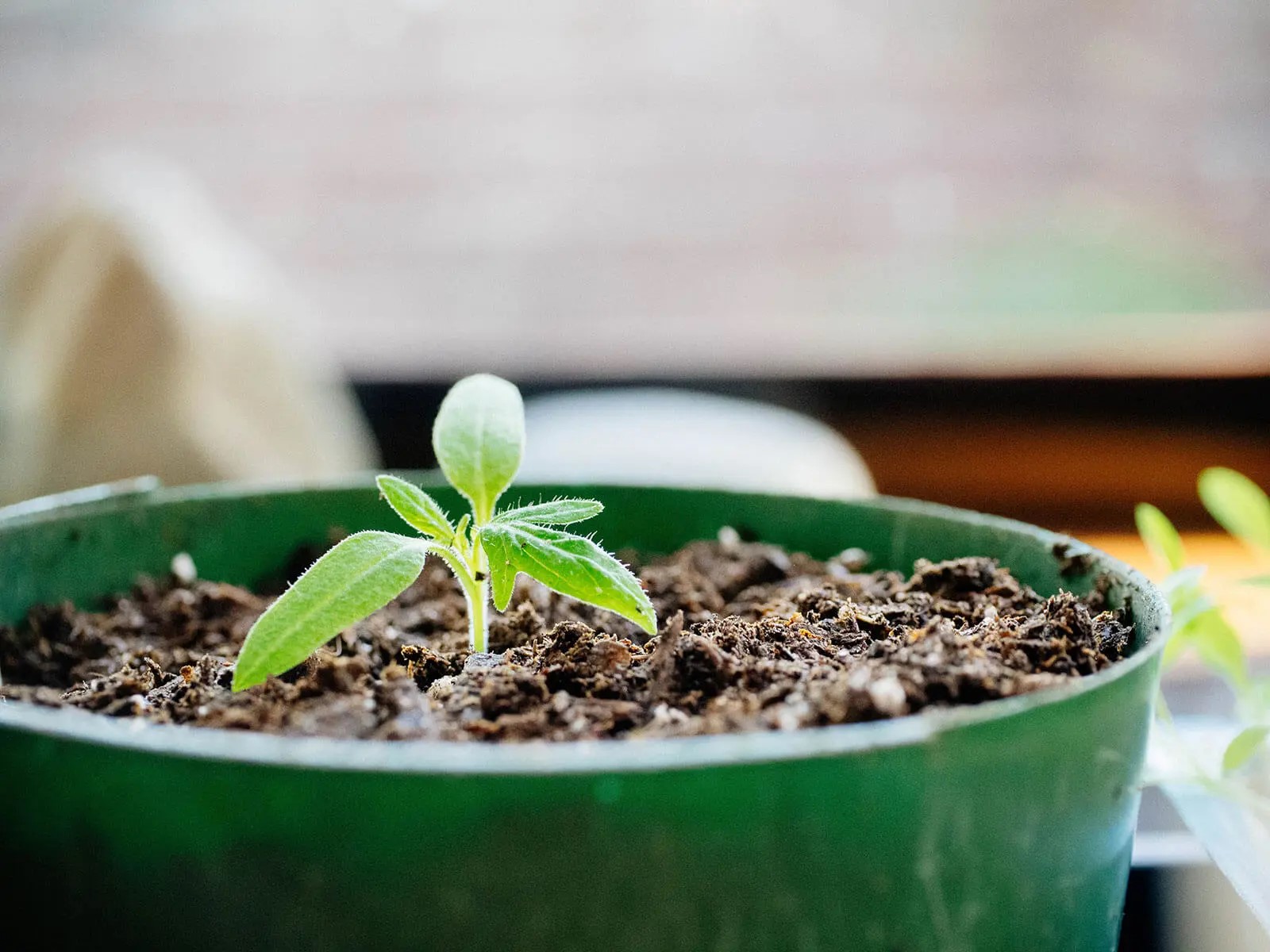

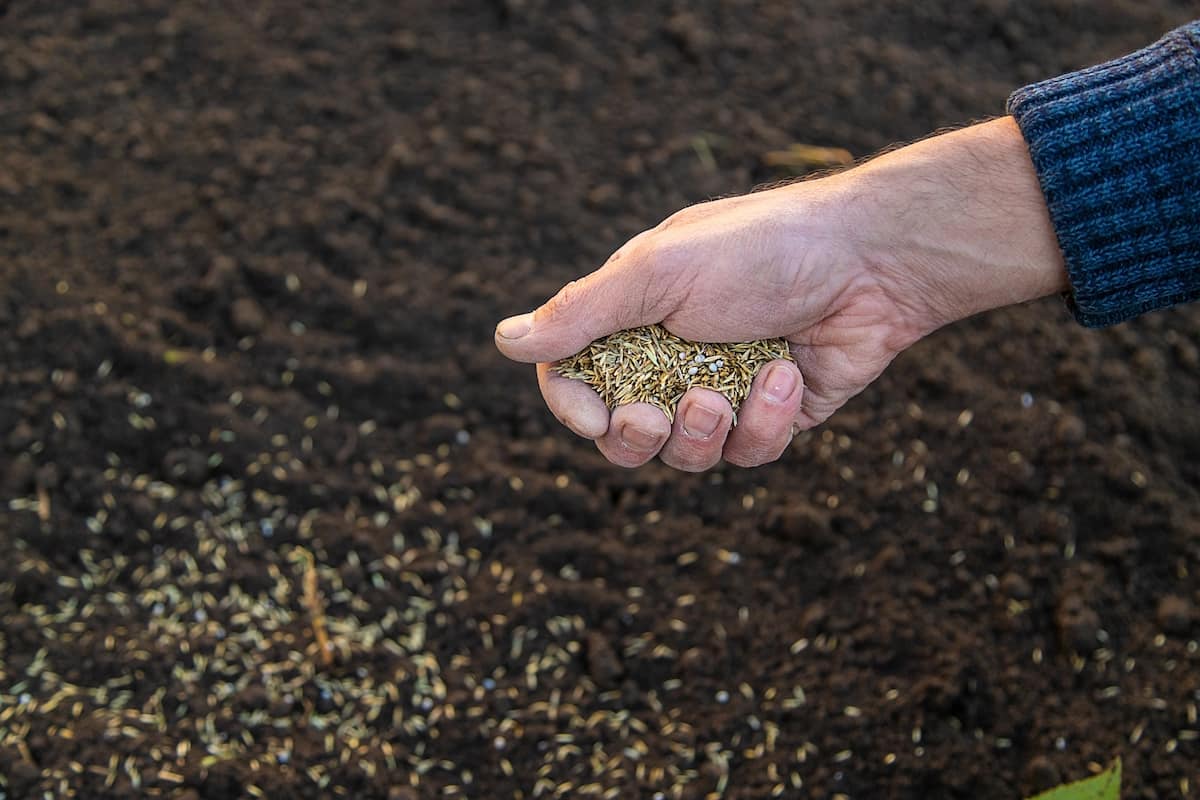
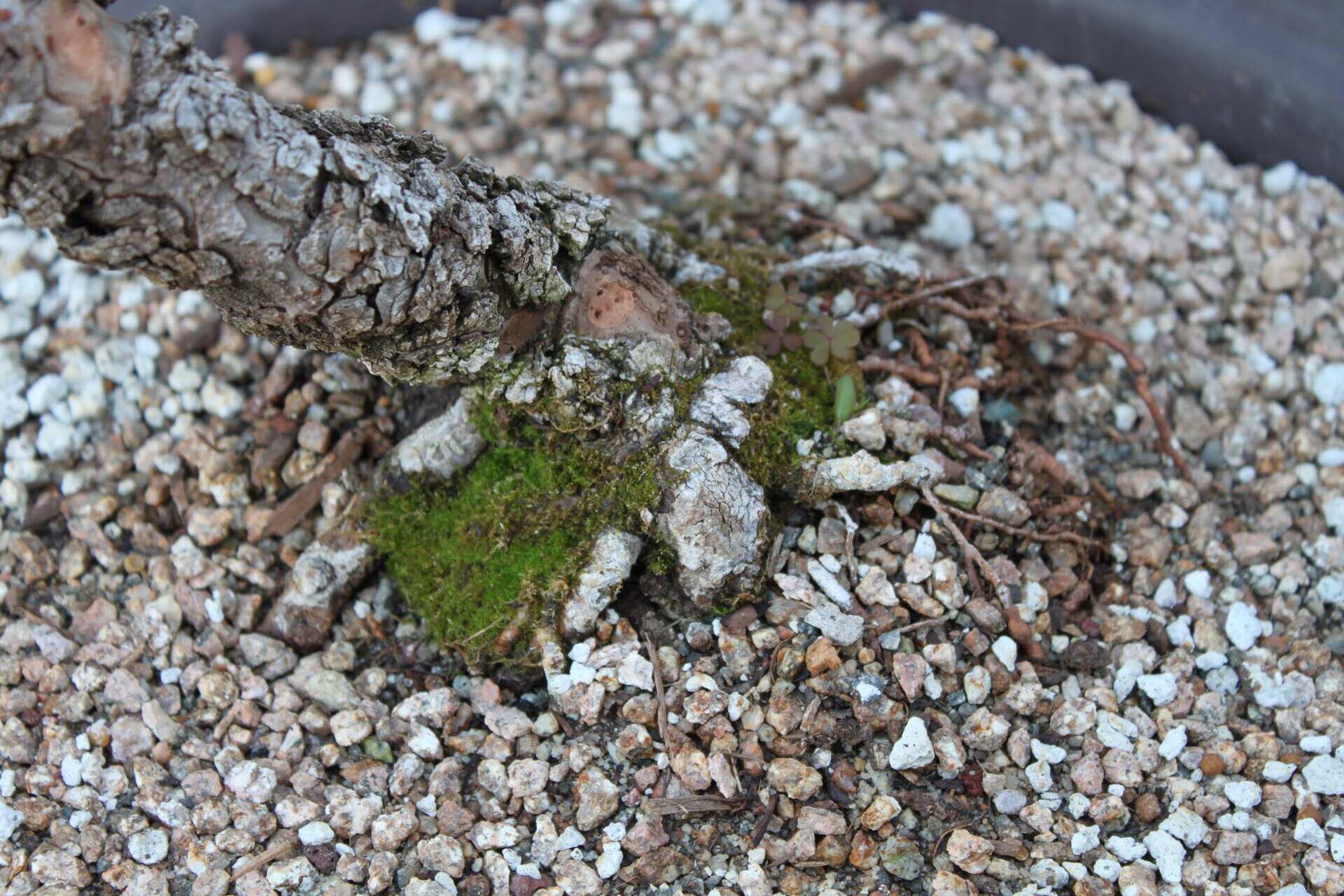

0 thoughts on “What Kind Of Soil For Grass Seed”